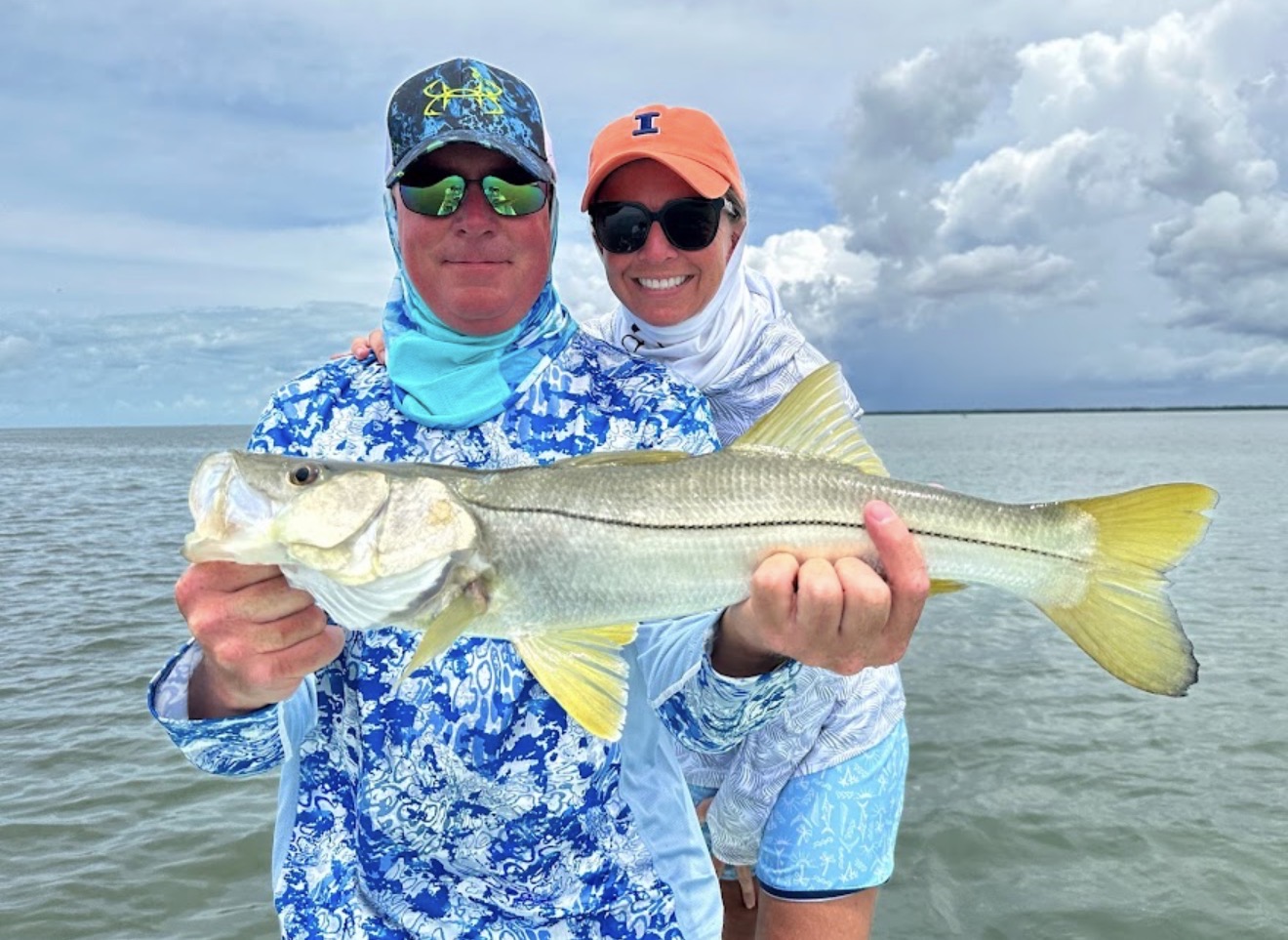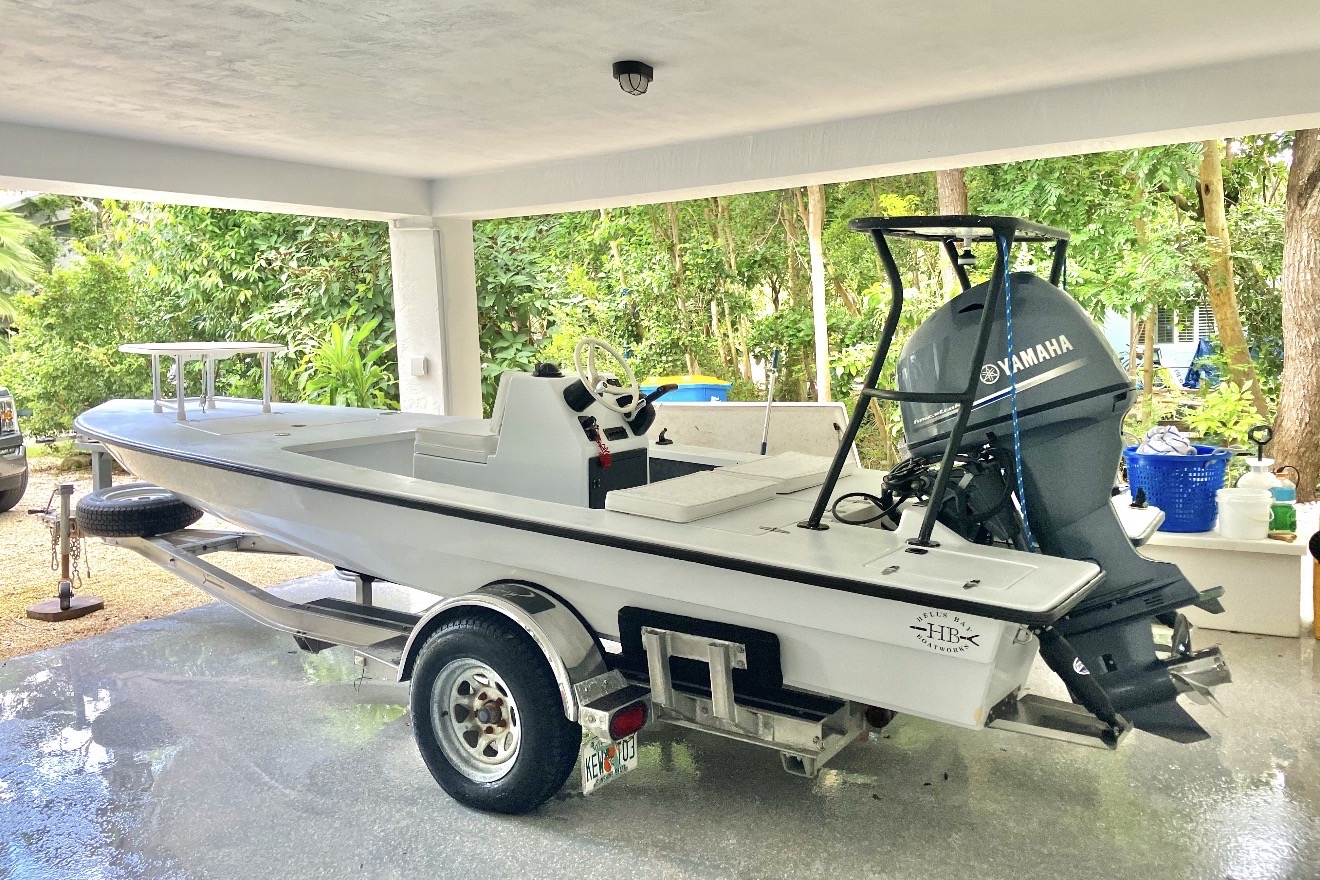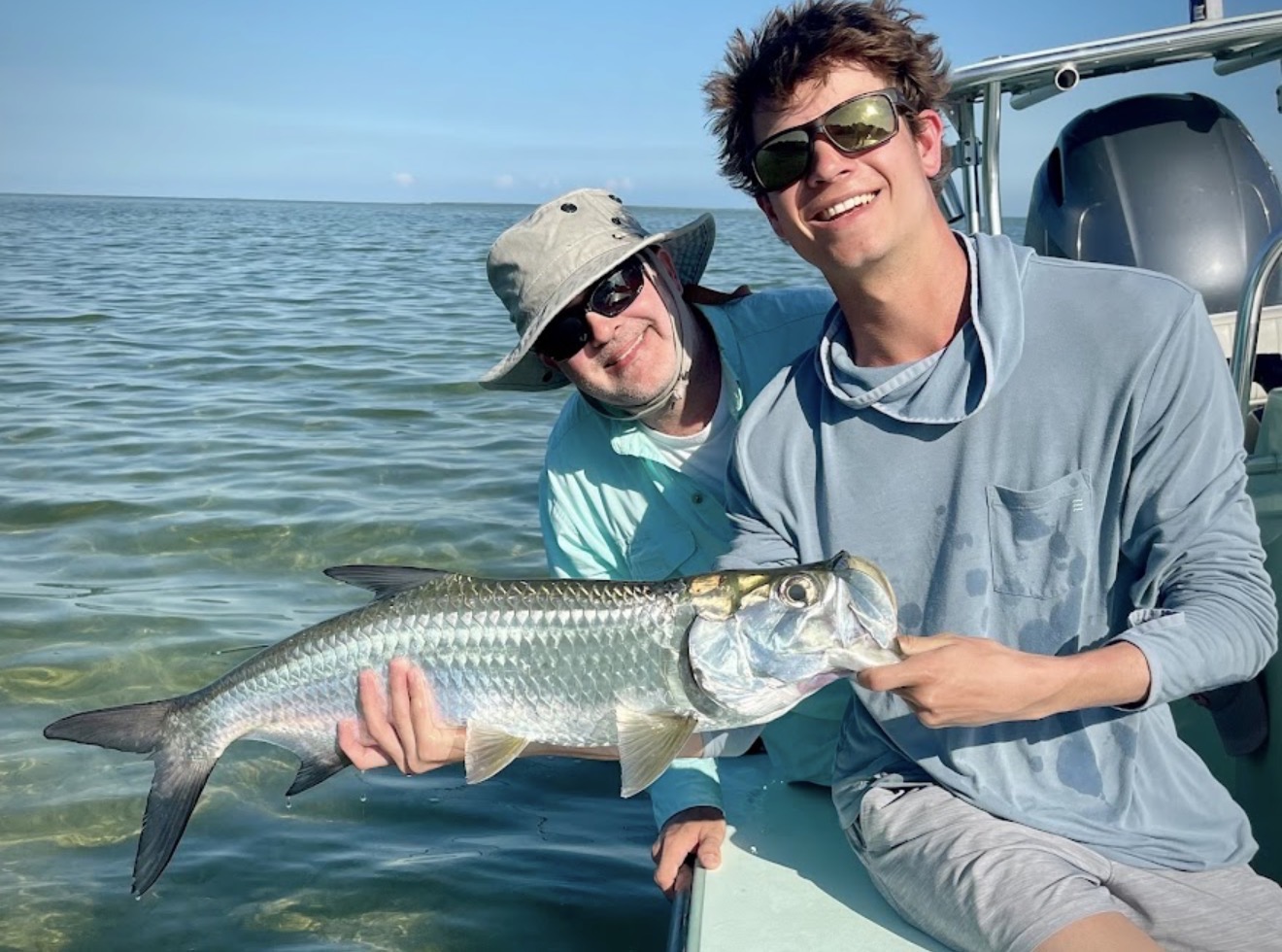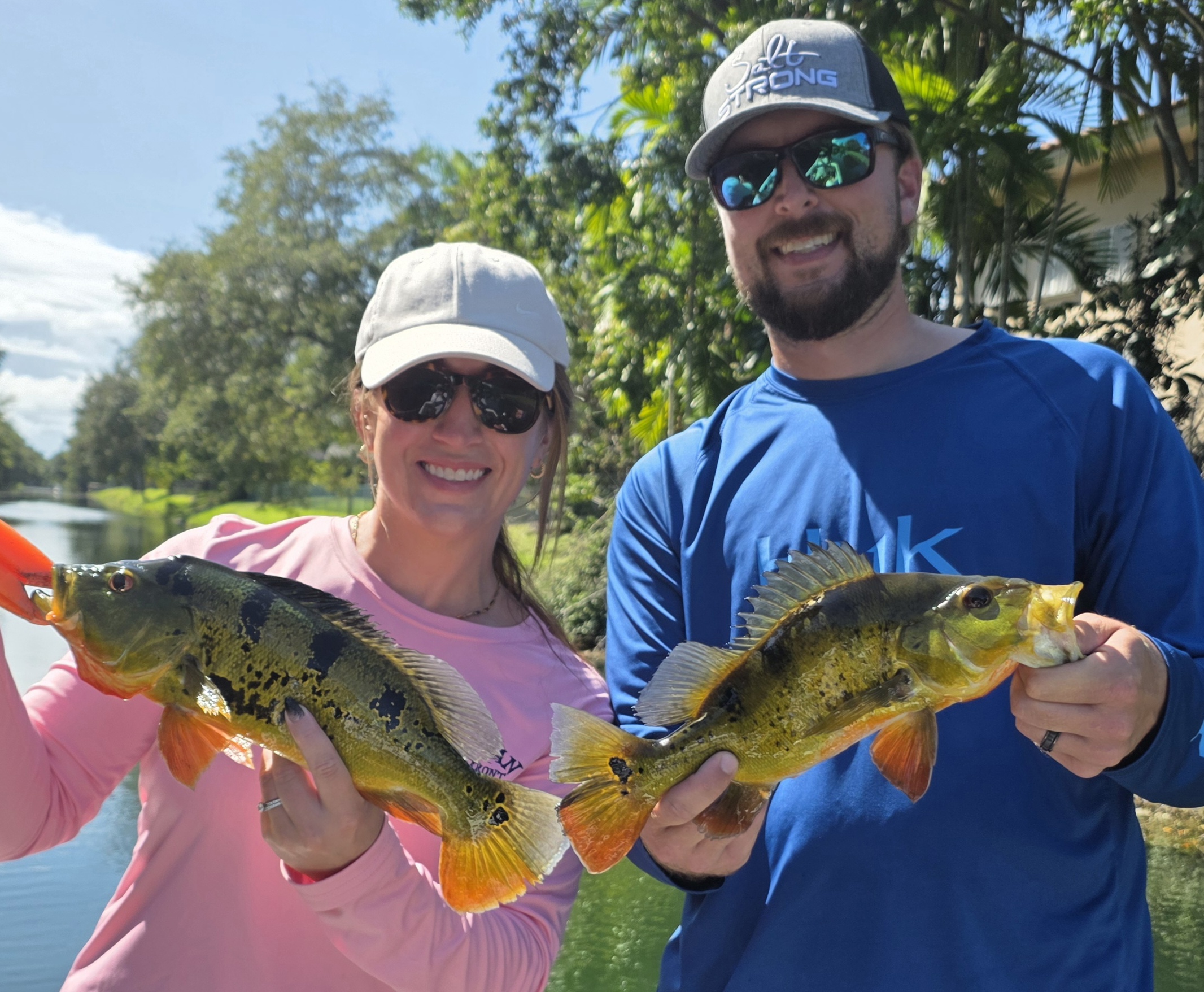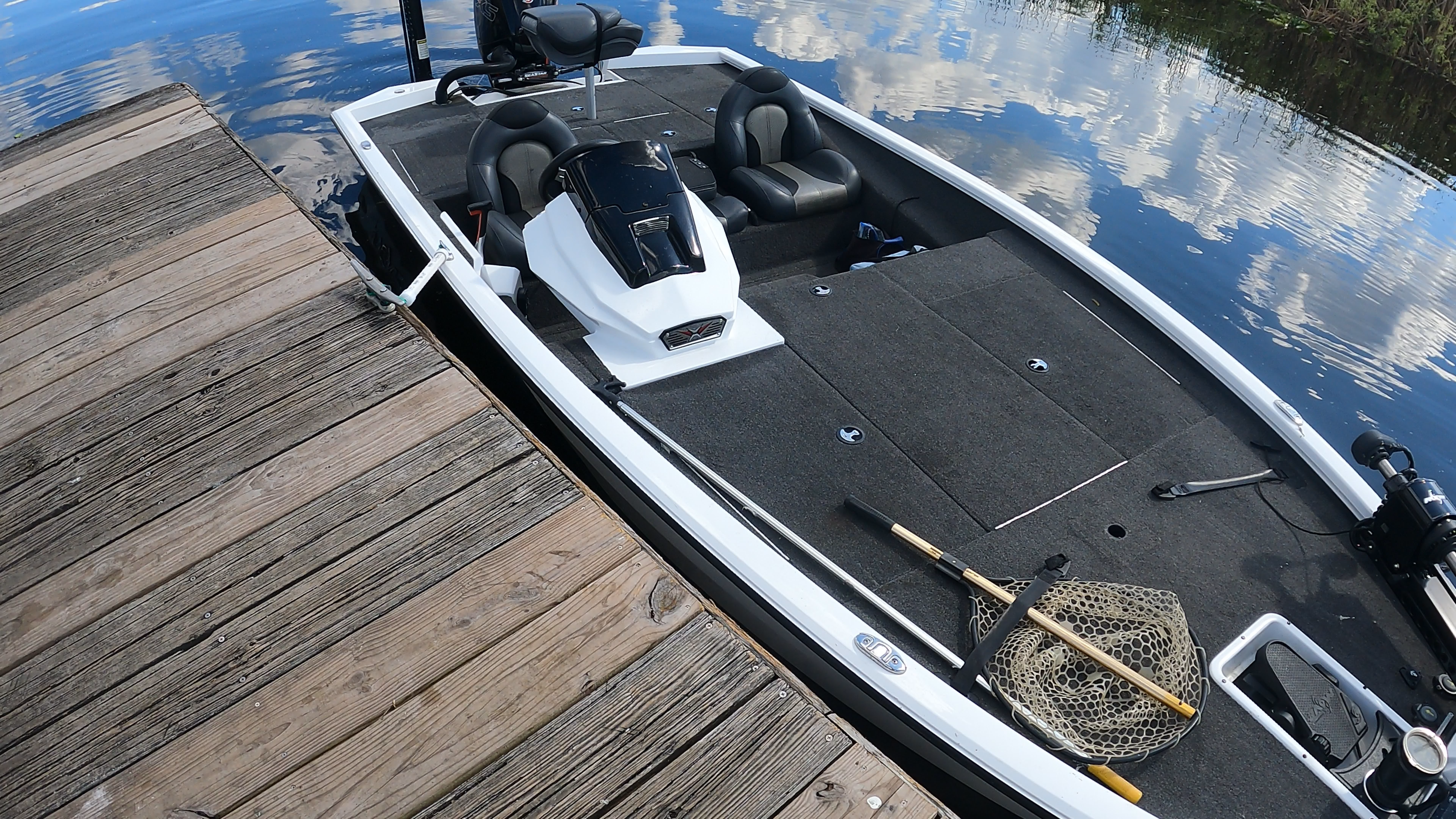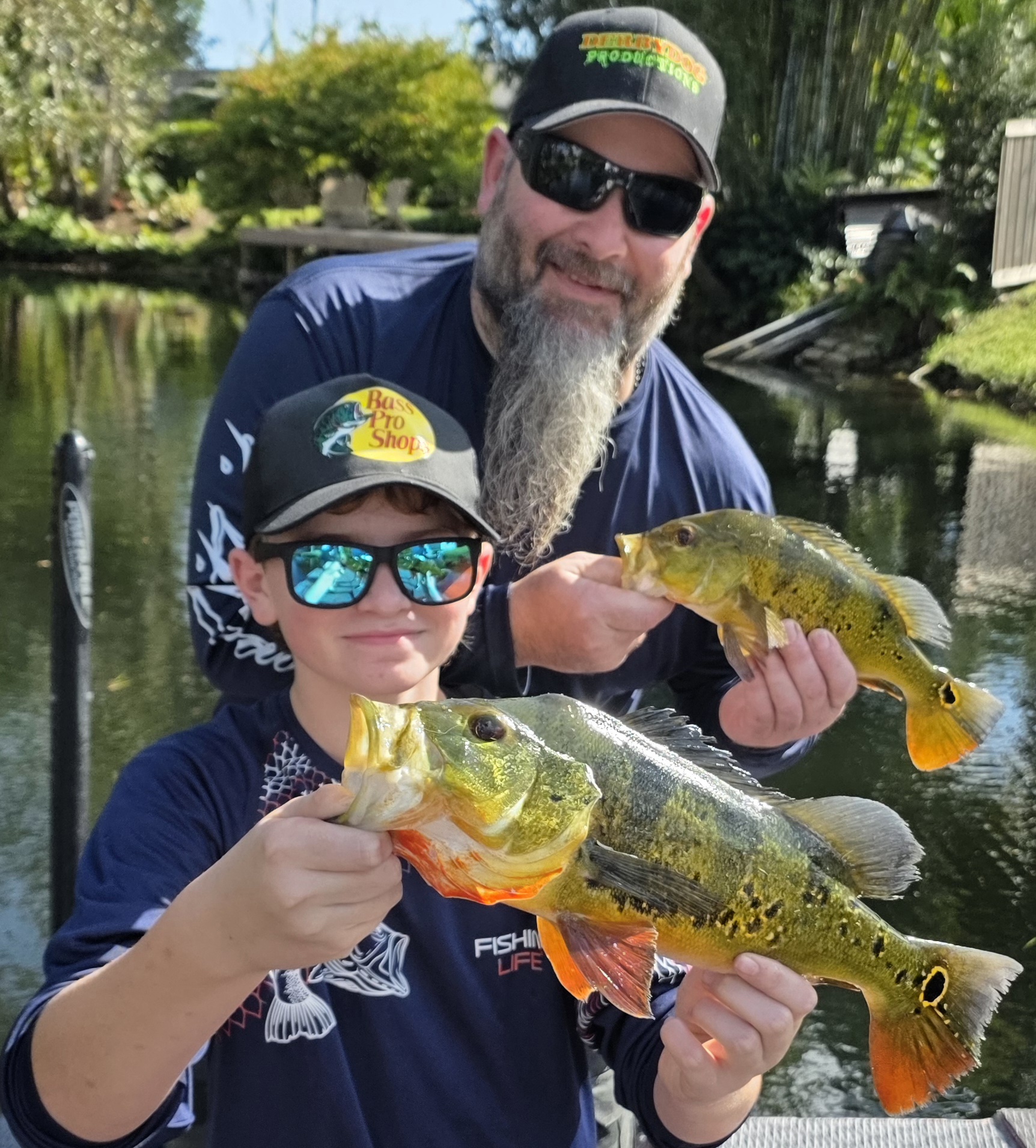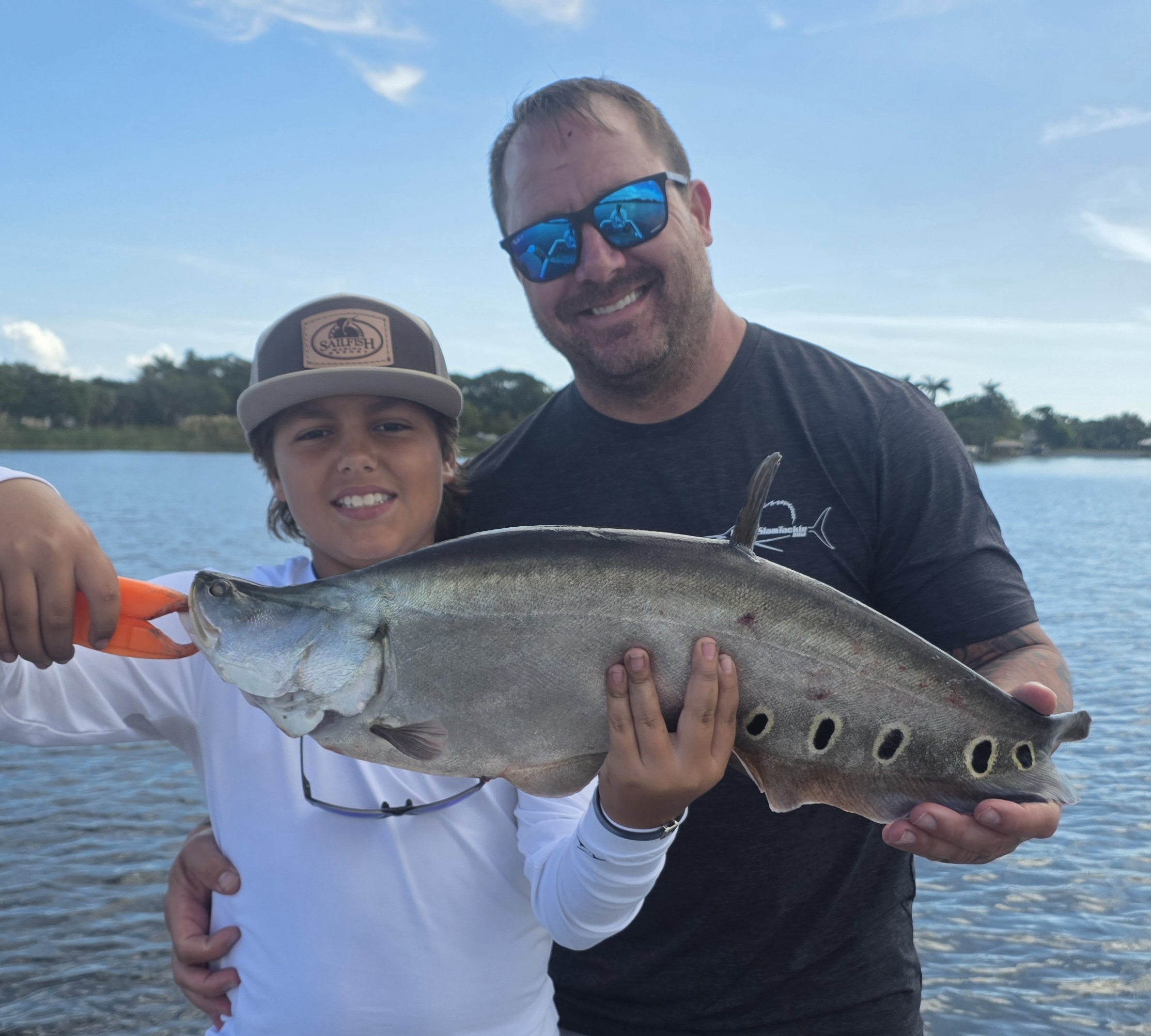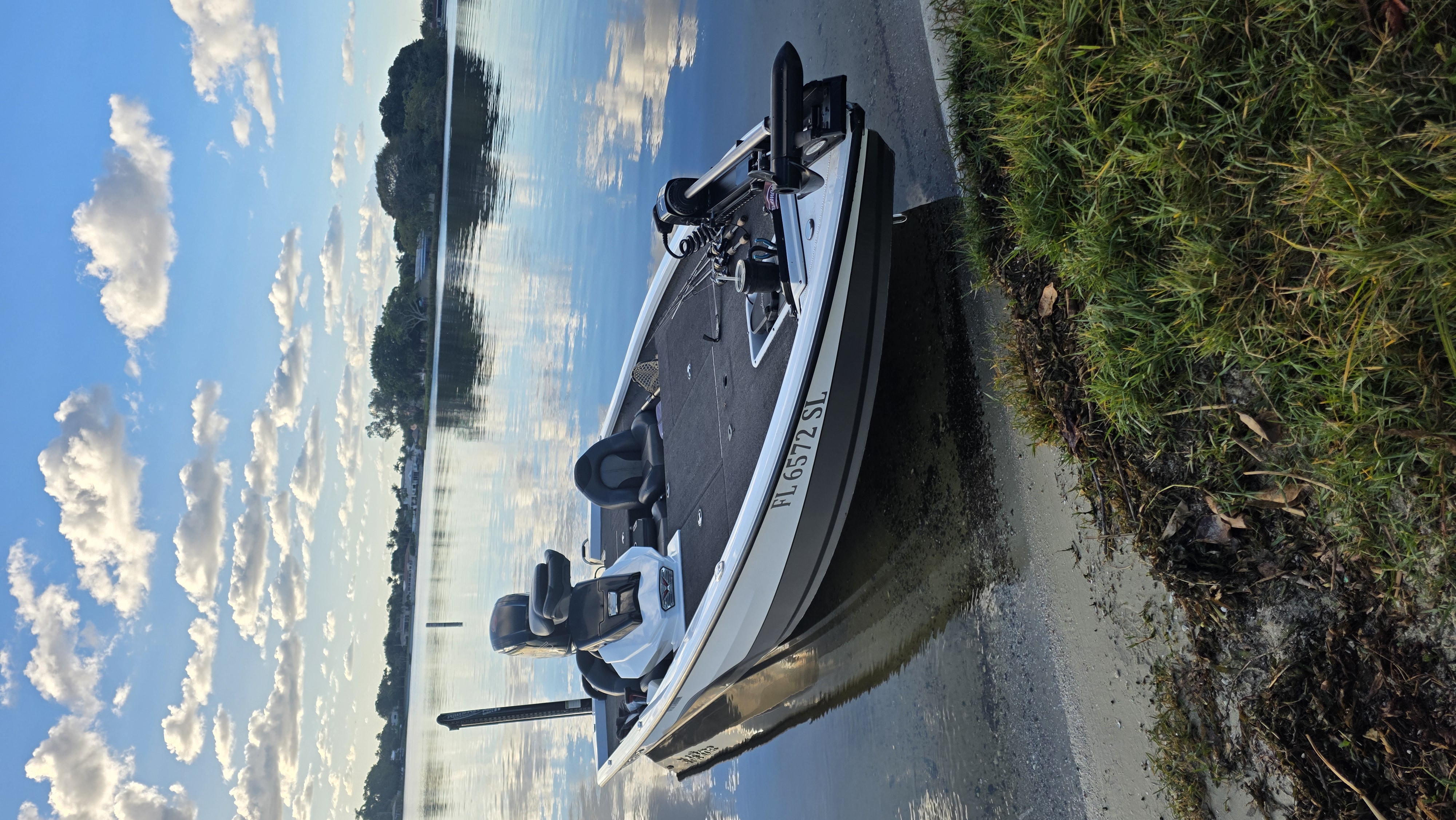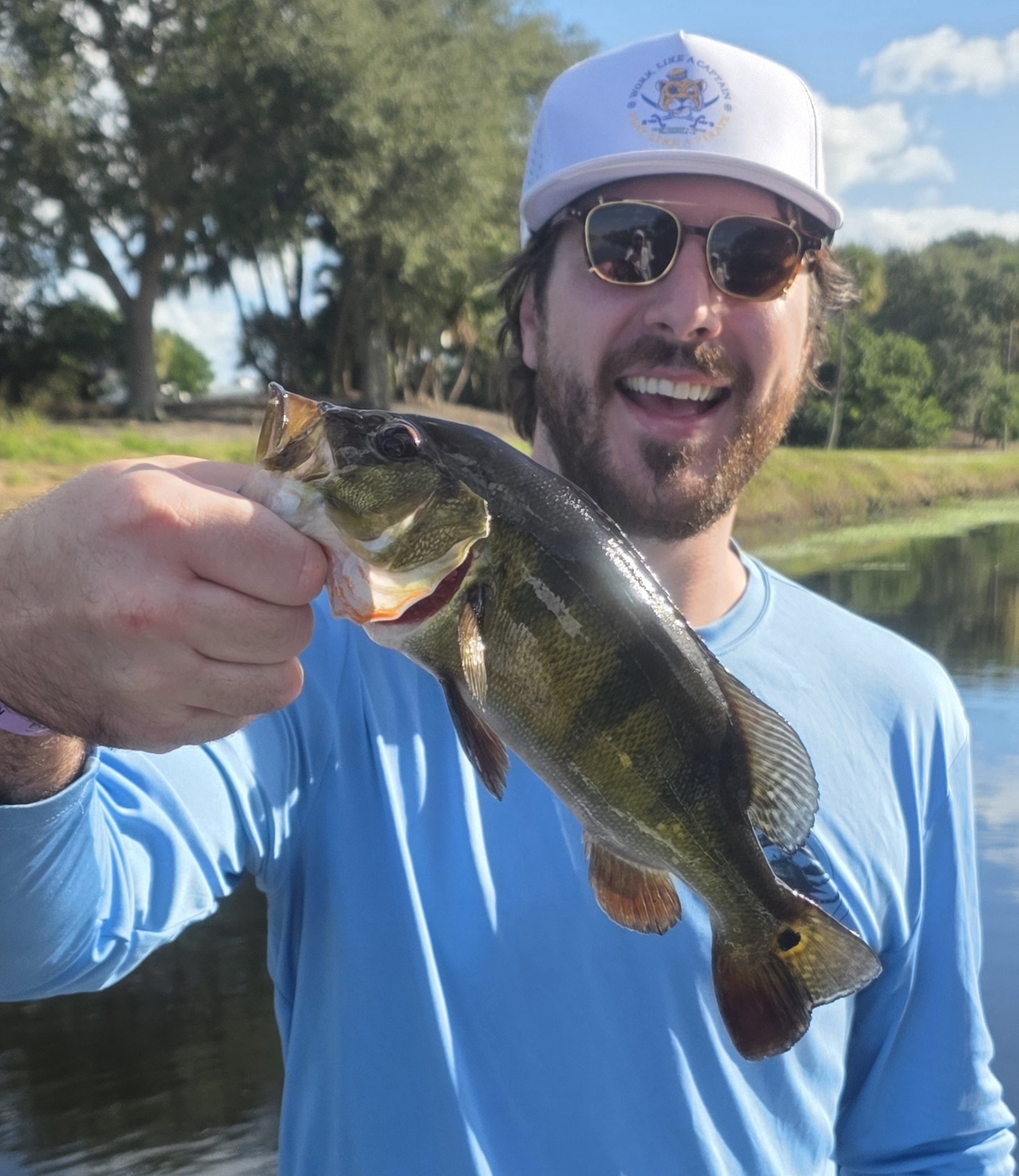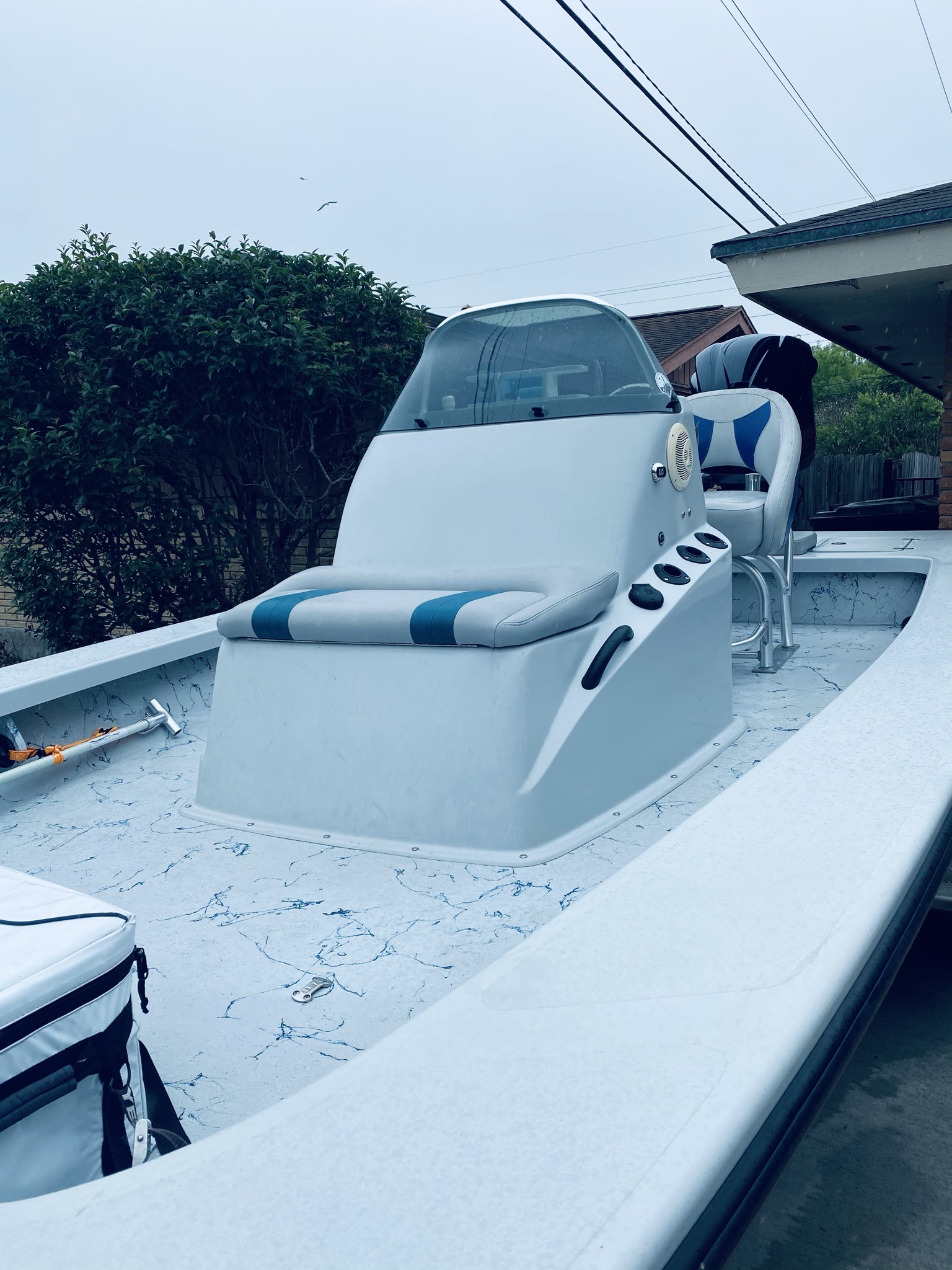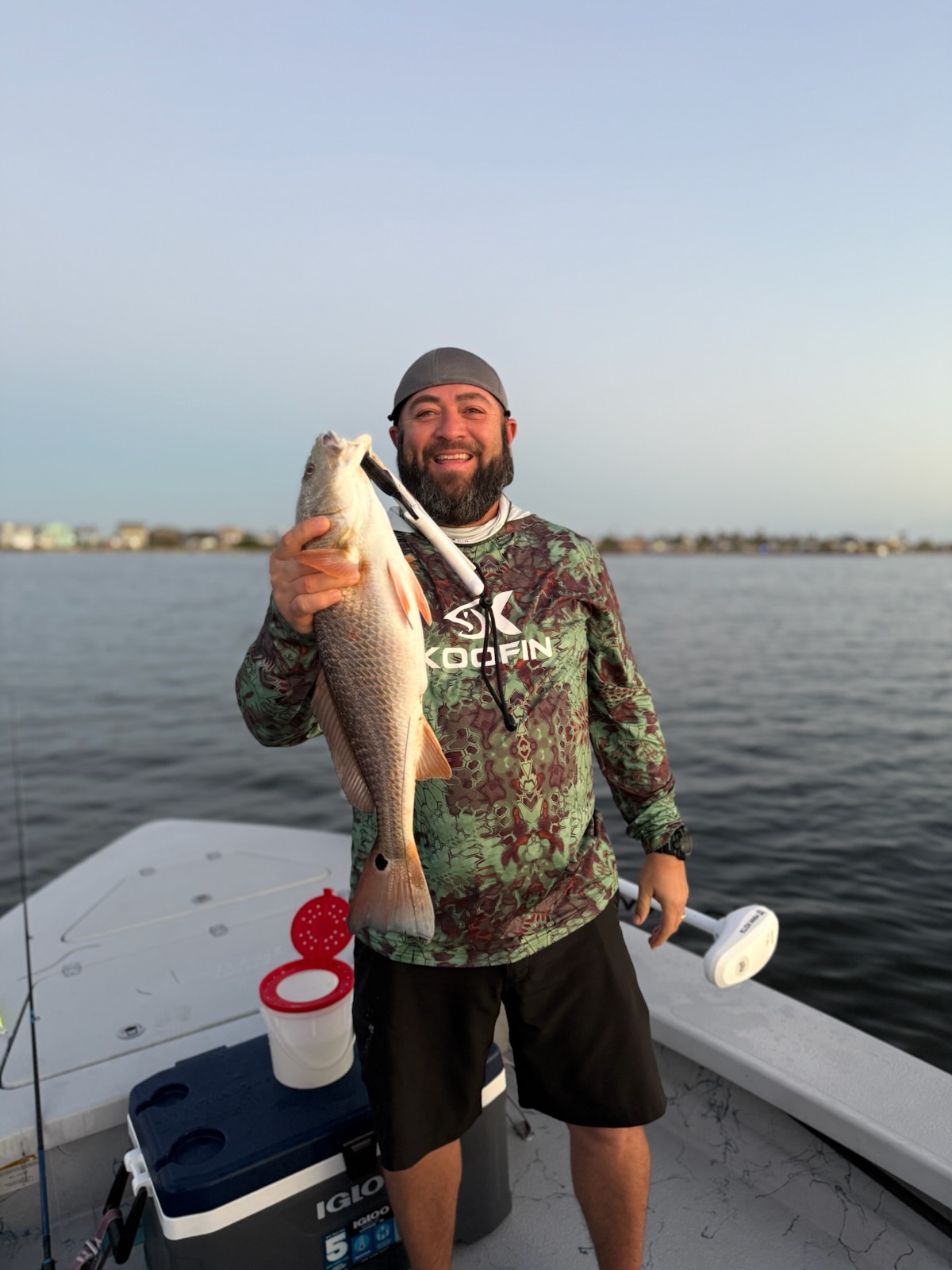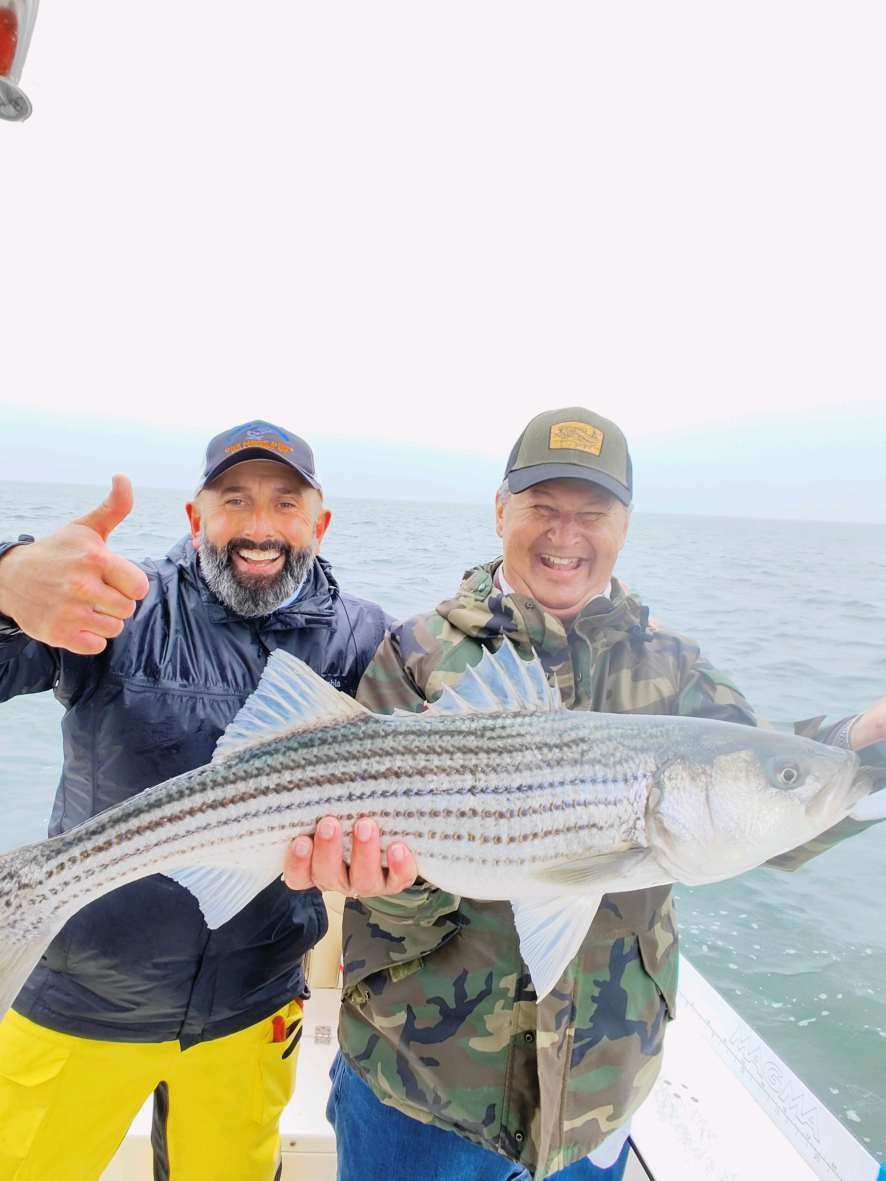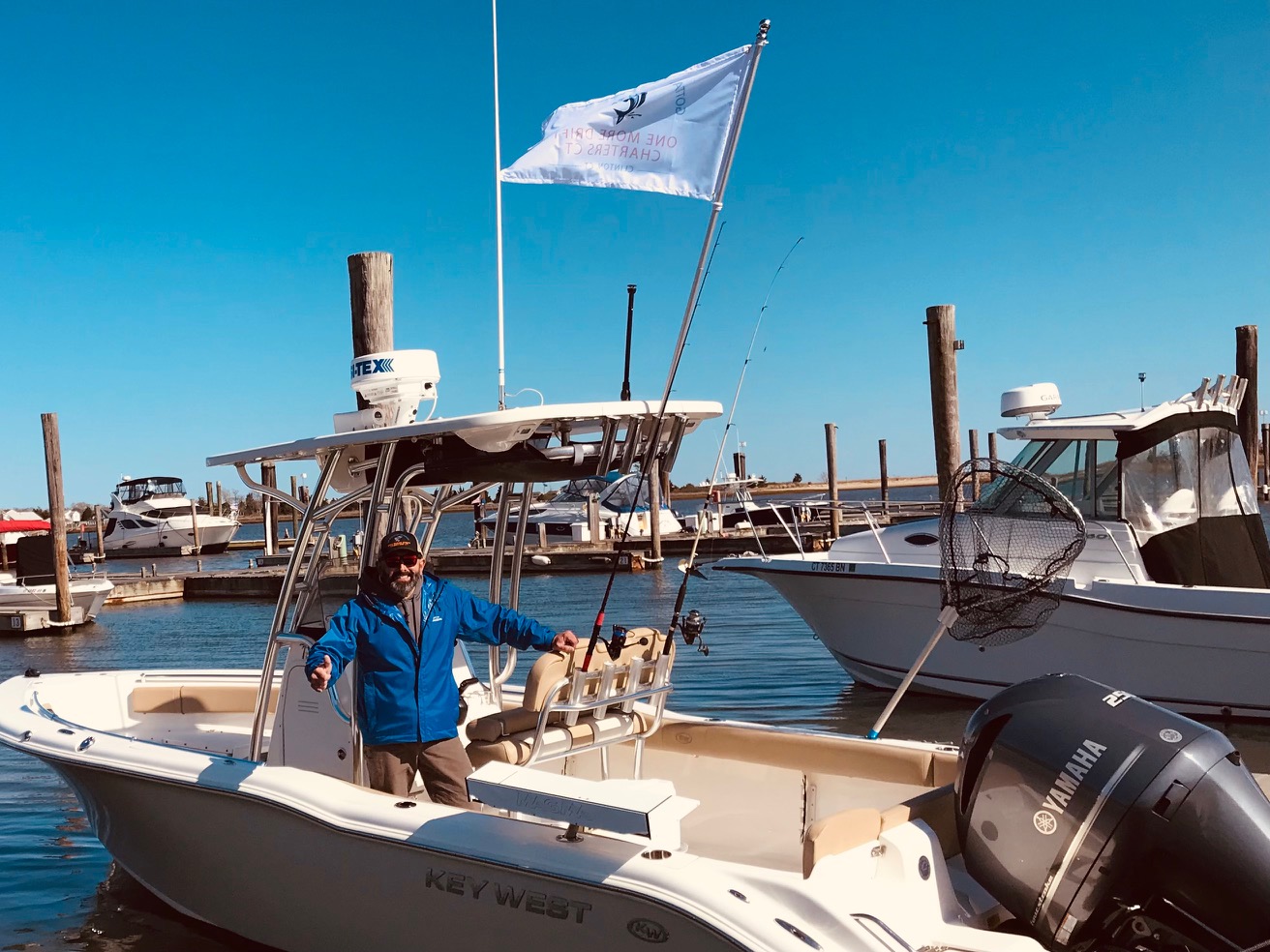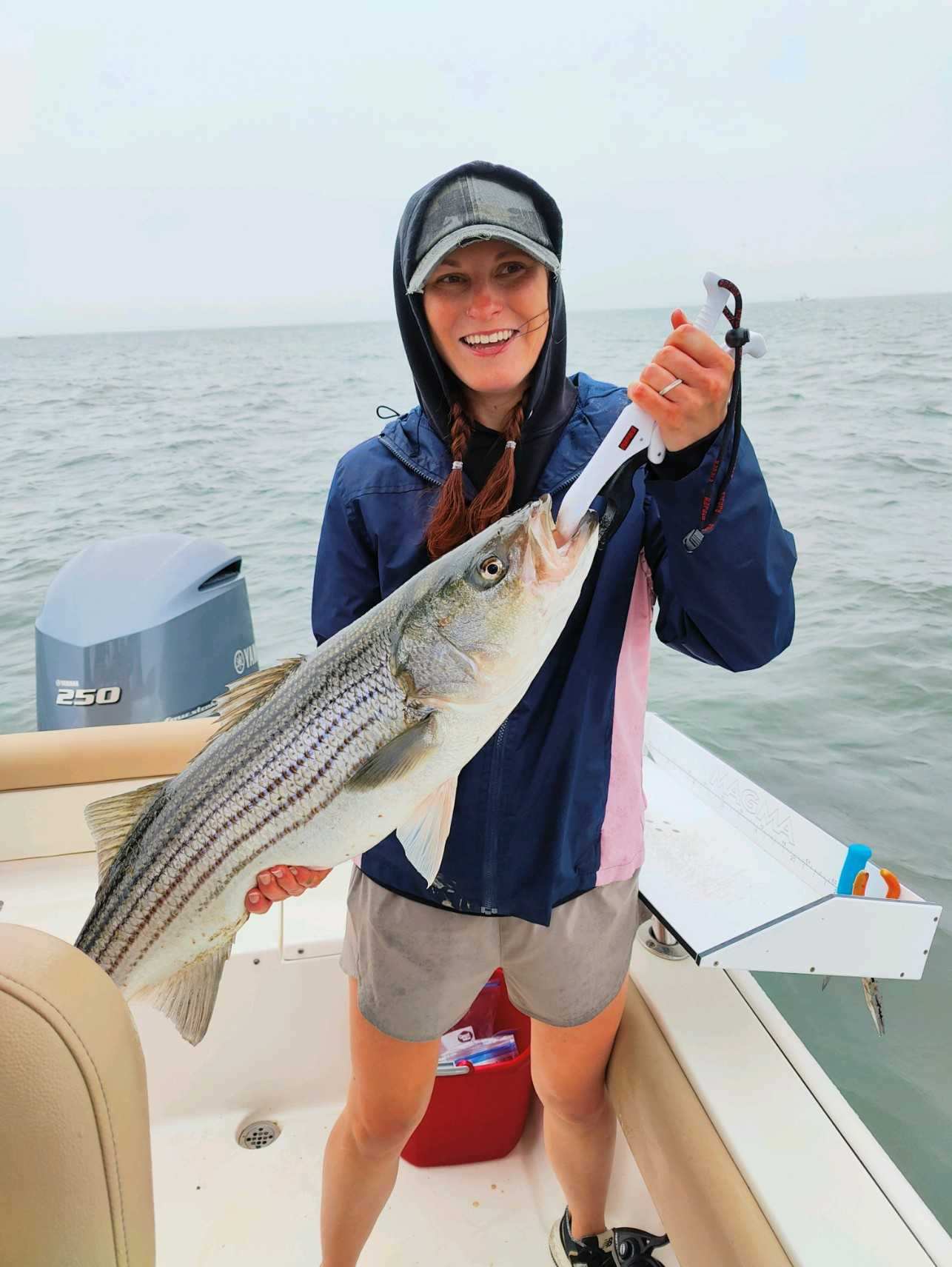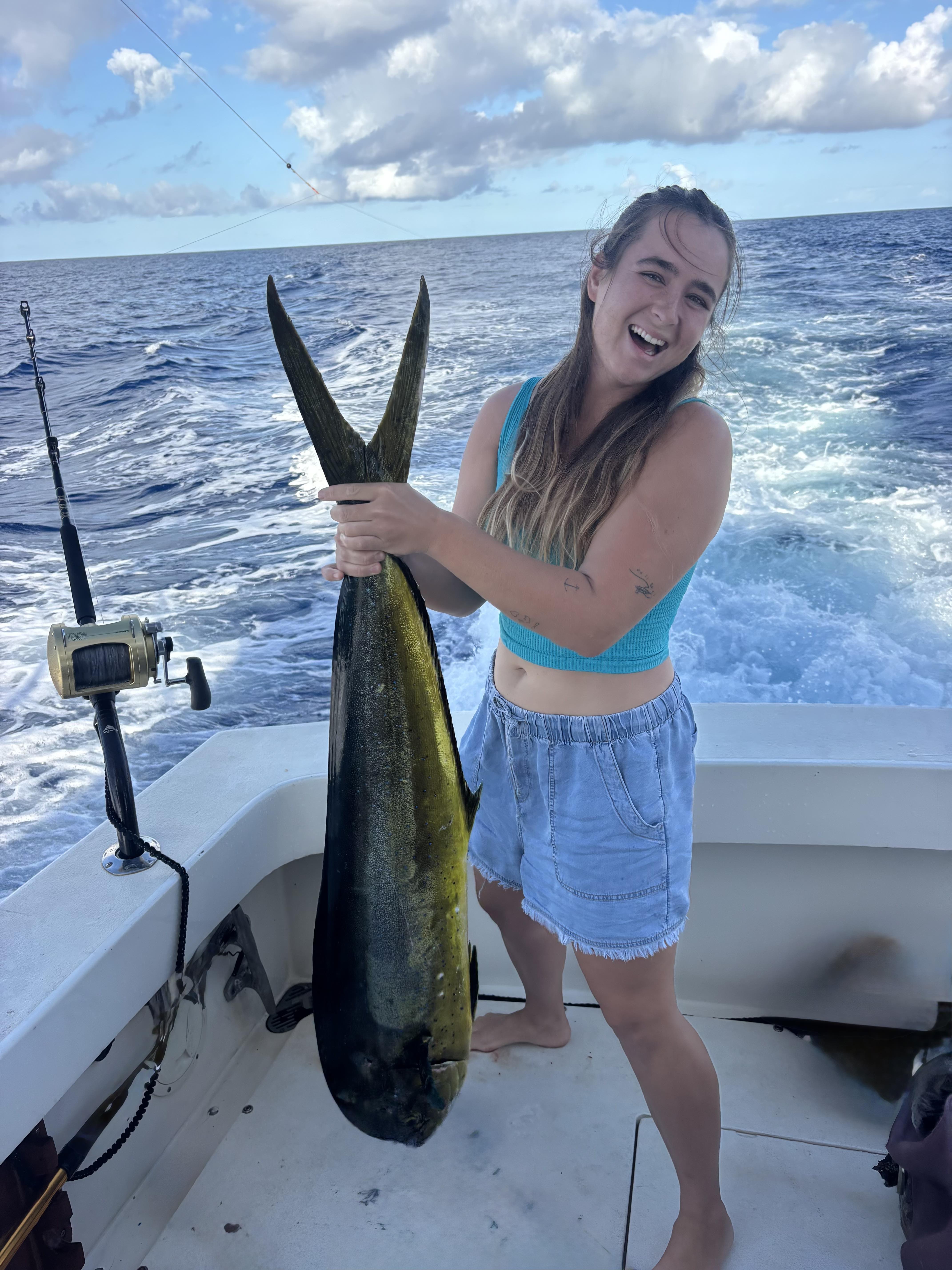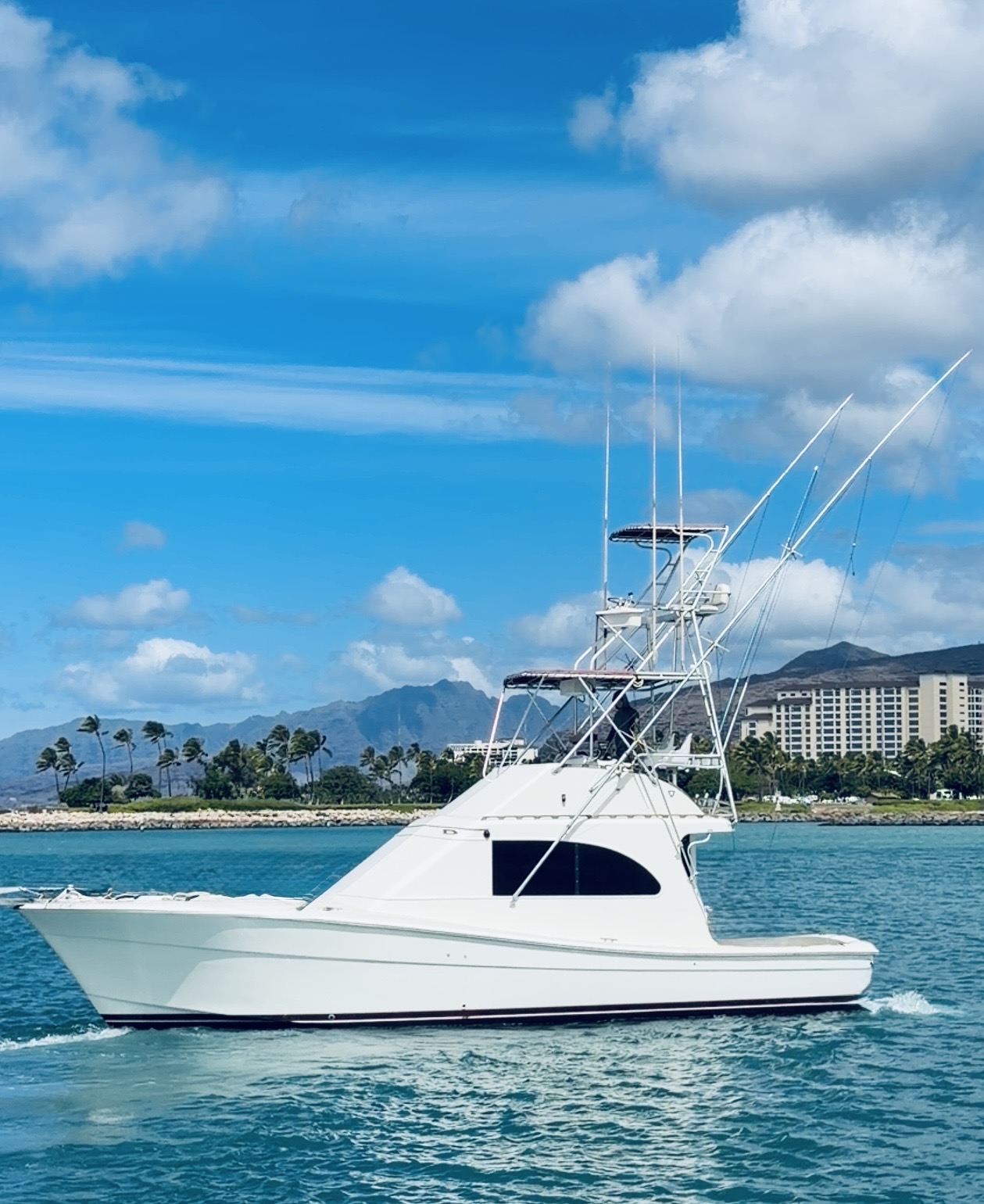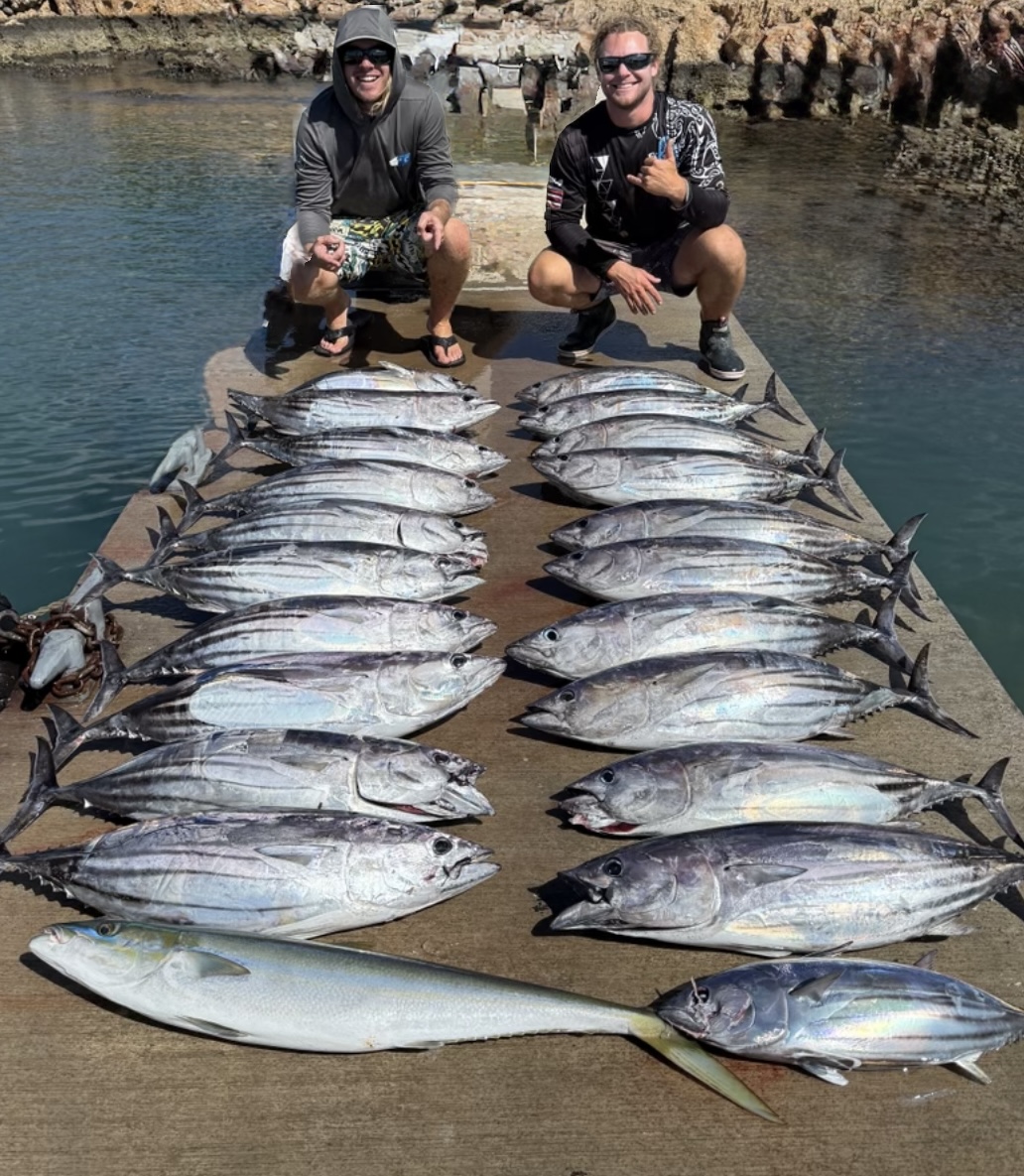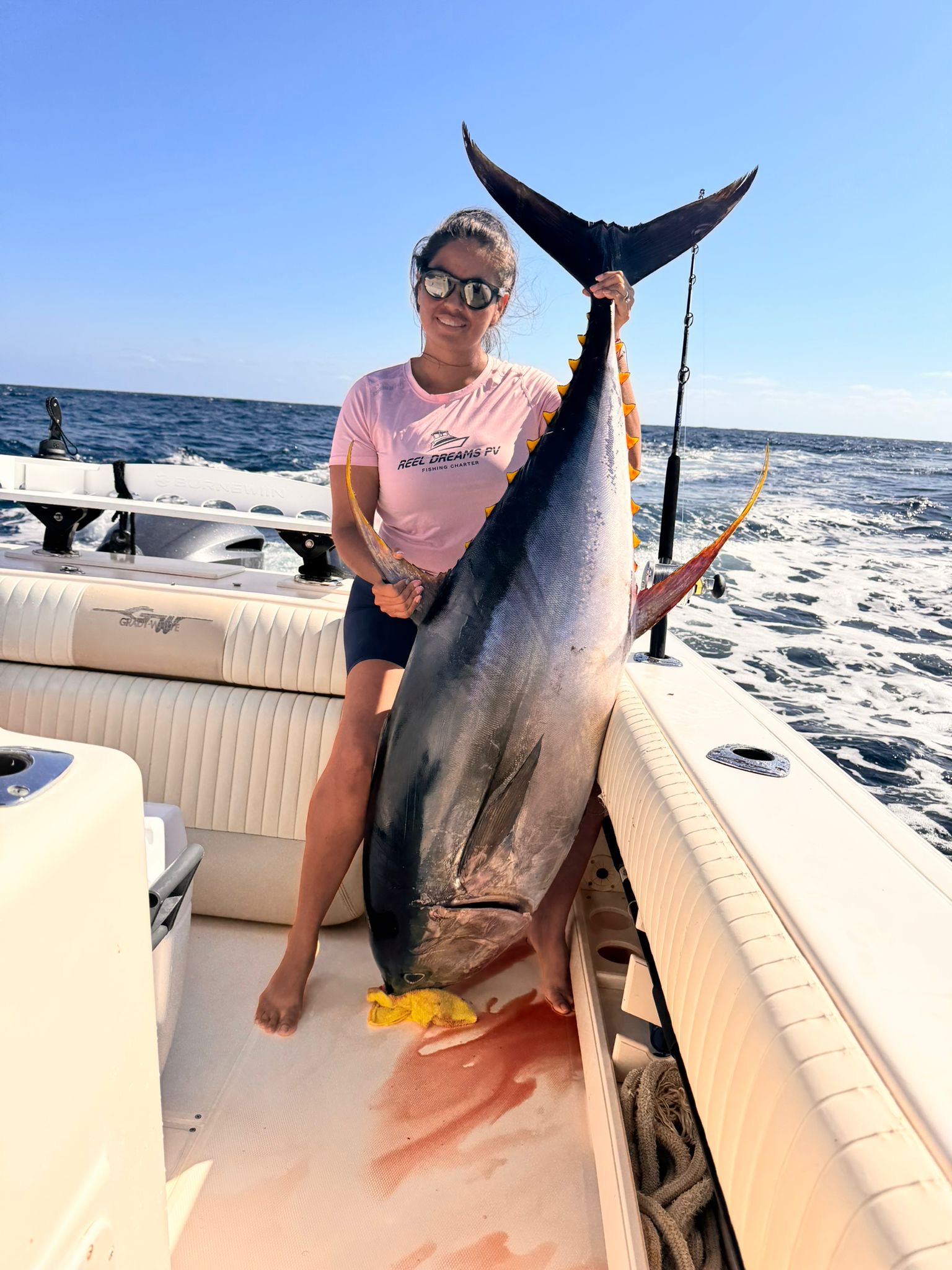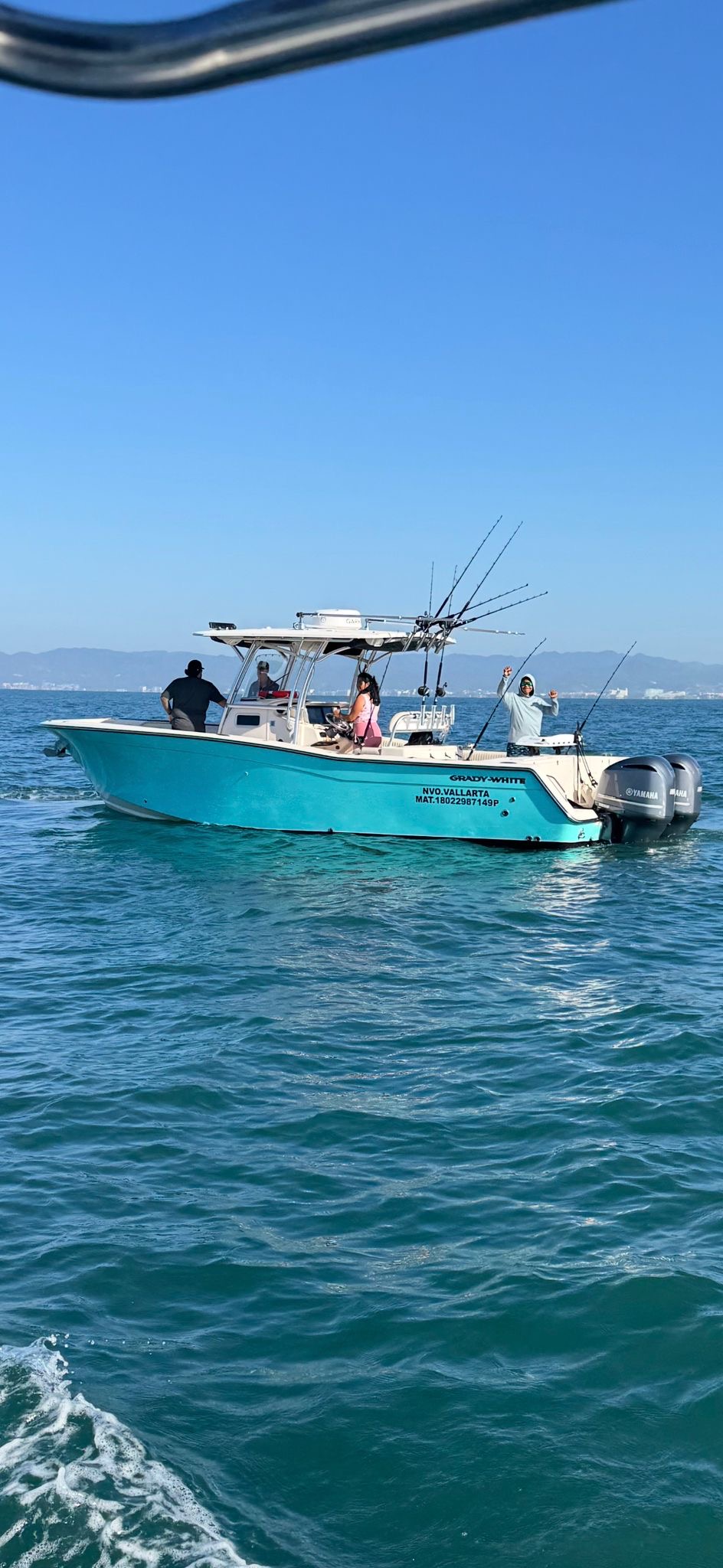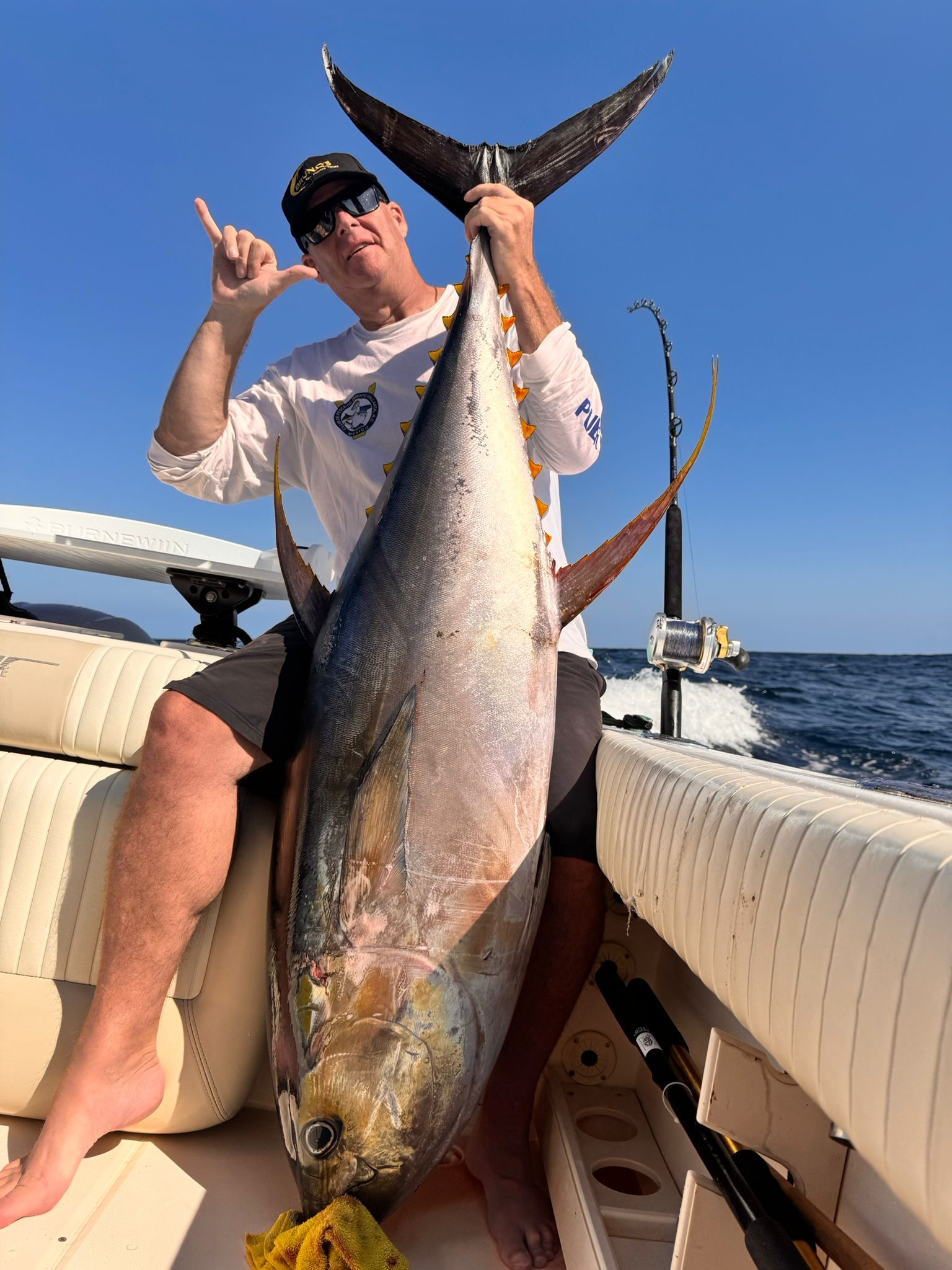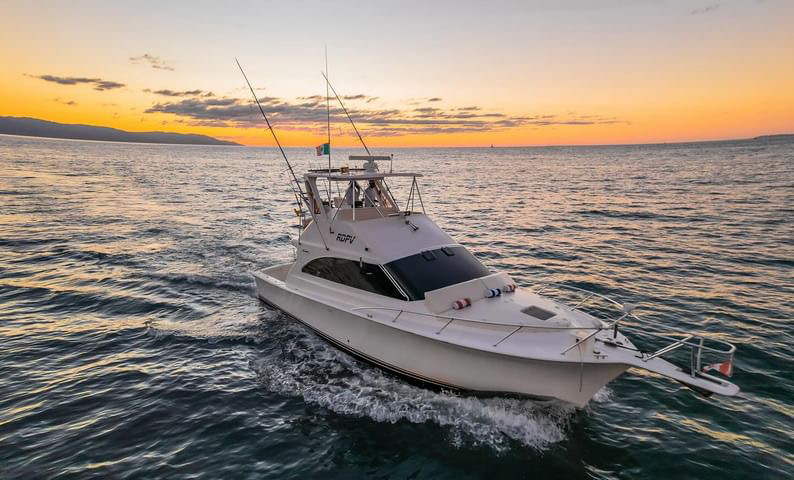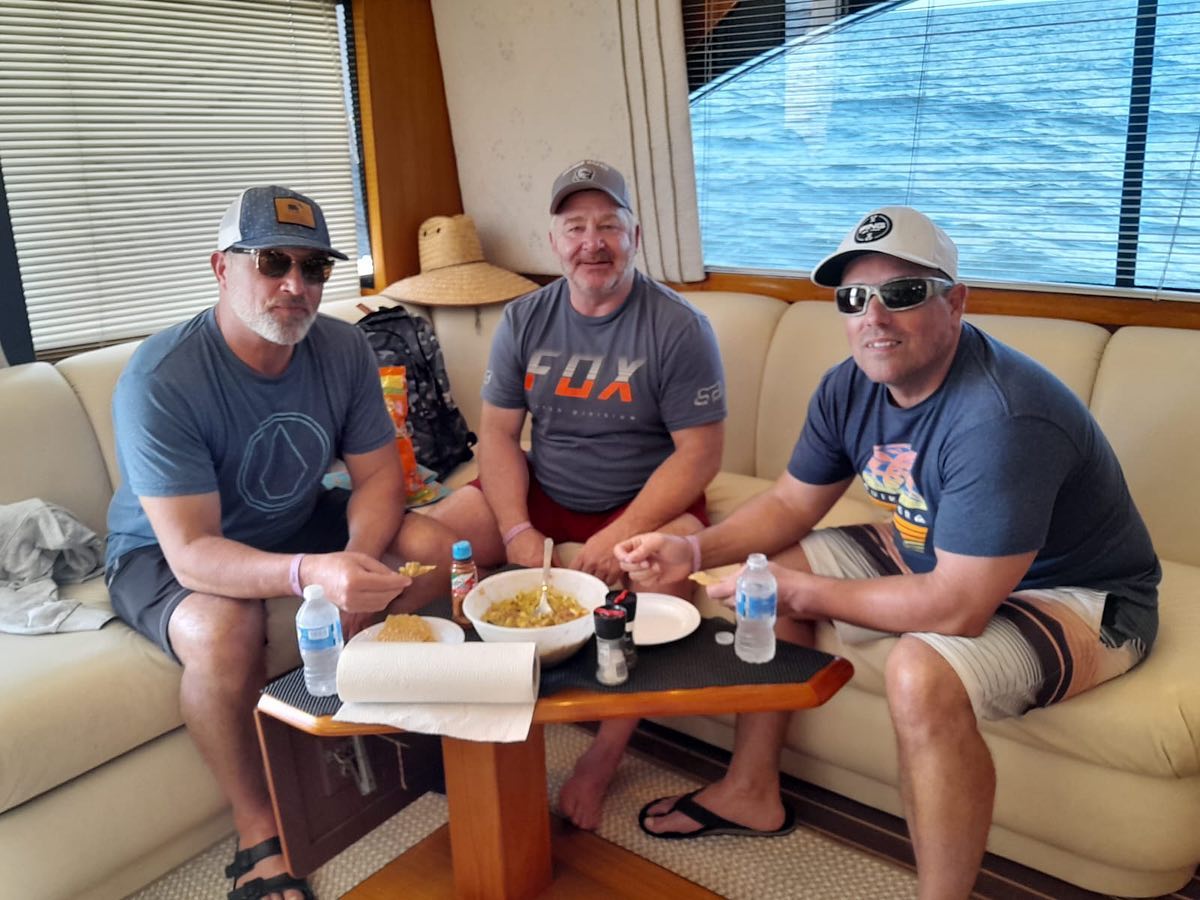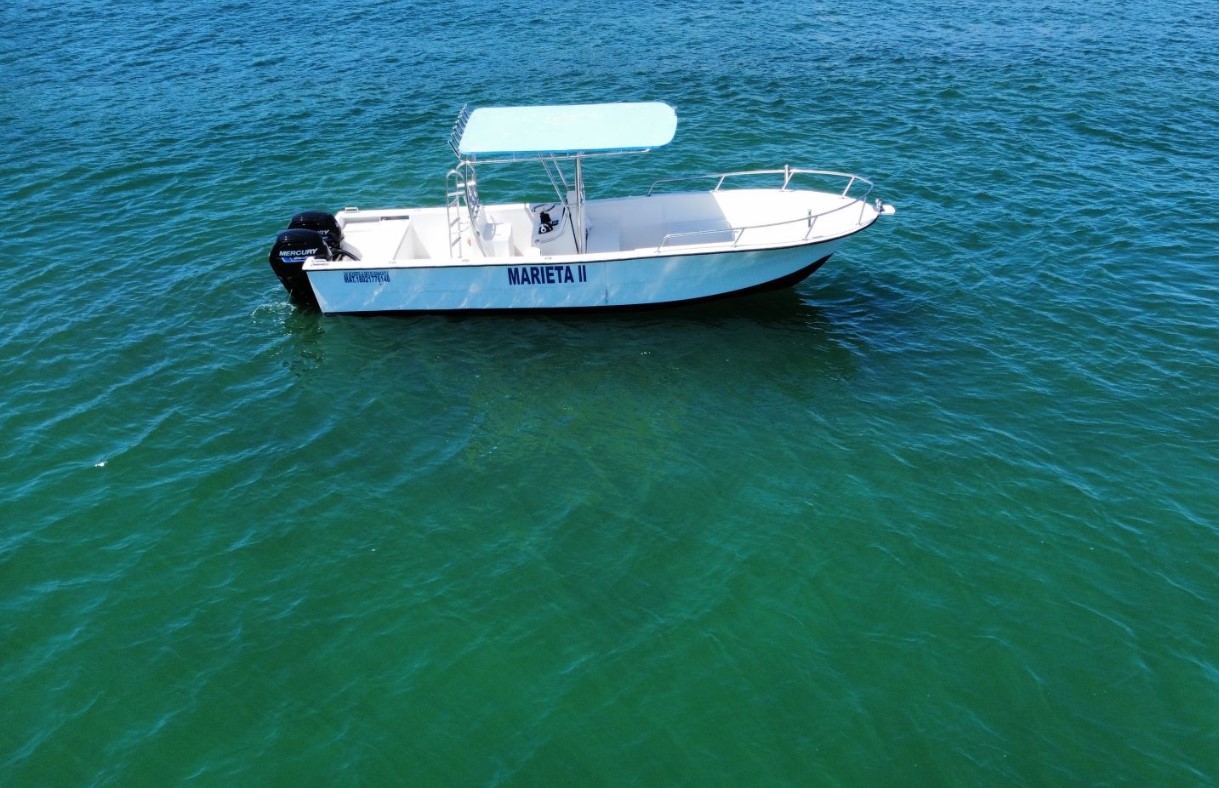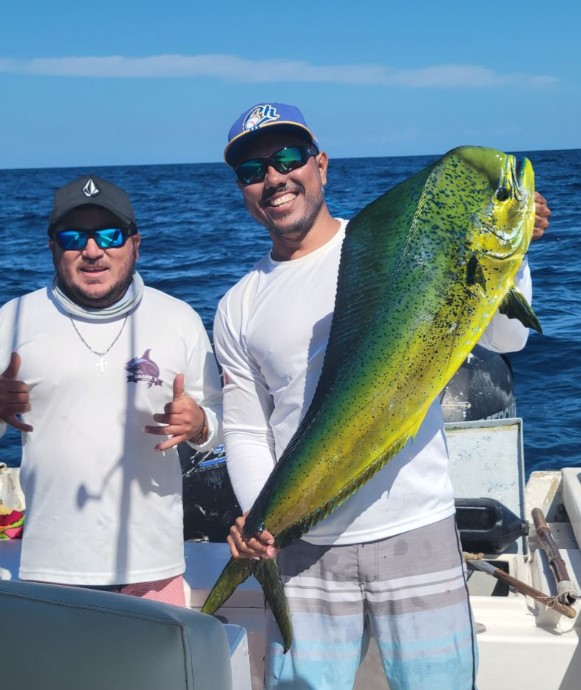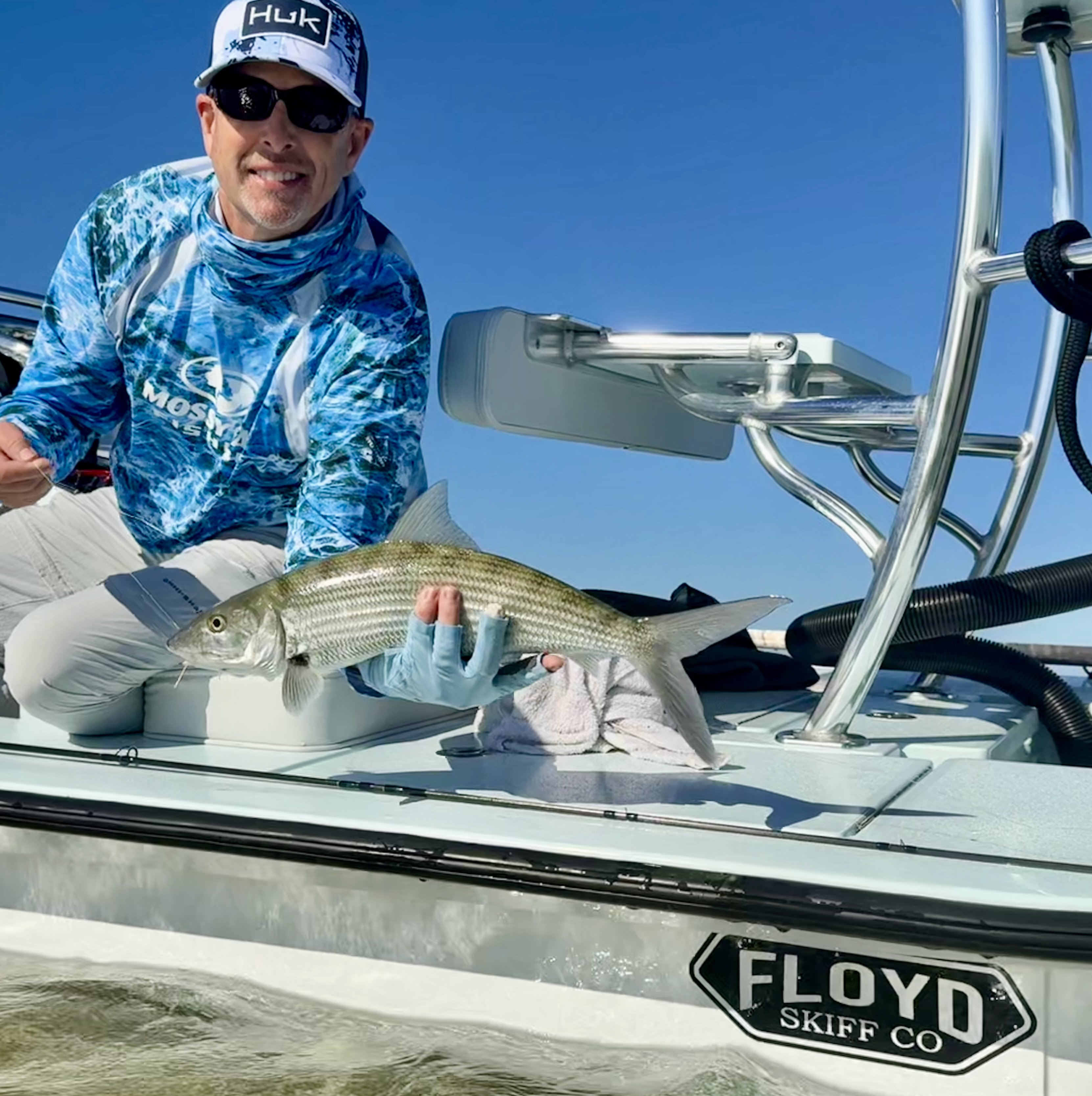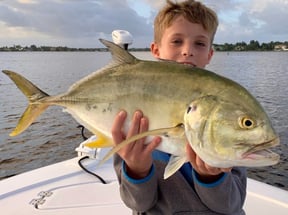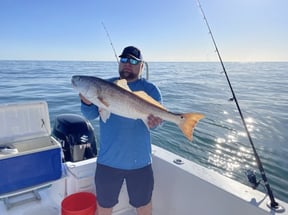Inshore, Nearshore, Flats in Tavernier
Sight Fishing Everglades Natl Park
Miami Peacock (4-8HR)
Lake Ida (4-8HR)
Inshore Fishing in Corpus Christi
Hook, Line & Memories Fishing Trip
Inshore, Nearshore Fishing in Clinton
5HR Trip PM Bottom/ Reef
Deep Sea Fishing in Kailua-Kona
Half Day Charter 4 Hours
Deep Sea Fishing in Puerto Vallarta
31 Ft Grady White Deep Sea Fishing
Inshore, Deep Sea Fishing in Cruz de Huanacaxtle
Luxury 40 Ft Yacht La Cruz
Deep Sea Fishing in Corral del Risco
5-8 Hour Offshore Trip
Inshore, Flats Fishing in Key West
4-8 Hour Inshore Fishing Trip
We started Captain Experiences to make it easy to book fishing and hunting guides around the world. With over 2,000 Damn Good Guides, our platform makes finding and booking a trip seamless. Head here to check out our trips.
How Much to Tip on a Fishing Trip
At the end of a fishing trip when you get back to the dock, it’s your turn to take care of the fine fishing folks who took care of you. Tipping for a fishing trip carries the same general rule as tipping your waiter with 10-20% being common practice. It’s a good idea to start at 15% and go up or down depending on how satisfied you were with the trip. Keep in mind that guides spend hours preparing for a trip. Despite their experience, having the right bait, and being in the best spots, sometimes the fish just don’t bite. When it comes to tipping, you are paying for their time, effort, and attention, not for fish.
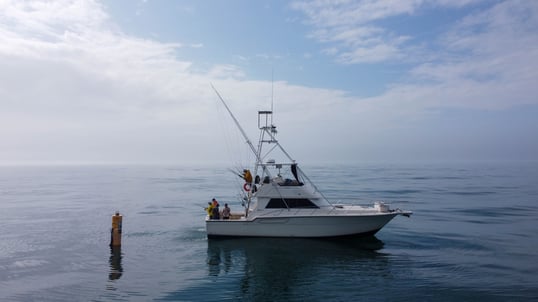
How Fishing Boats Operate
Depending on the type of trip you take the boat and crew will vary. A float trip with one guide functions in a much different way than a sportfisher with a captain and two deckhands. The upfront cost of a fishing trip is designed to pay for the boat, bait, gear, and a small base salary. The base salary is generally not enough to pay the bills so the guides and crew are heavily reliant on tips.
Captain
The captain is responsible for making sure the boat is always in working order when it's not out on the water. When a guide is working alone they cater to your every need during the trip while also running the boat. They start preparing long before running the trip where they have to be on point and cater to their customer's needs baiting hooks, untangling lines, handling fish, etc... Finally, once back at the dock the guide cleans your catch and sends you home while they stay to clean up. The process isn’t much different on a big boat except there are more things to do which is why they usually have a deckhand or two.
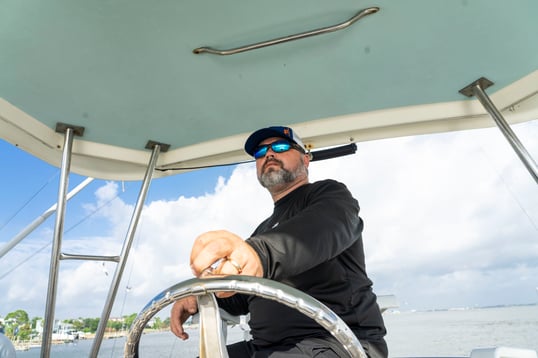
Crew
Guides on smaller boats might bring along an extra person to help out but deckhands are more common on large offshore boats. Deckhands are necessary on larger boats because not only is there more to do but these boats also carry more people. Deckhands get to the dock long before the trip starts to check tackle, prepare bait, and make sure all the rigging is good to go. When the lines go out, the crew is responsible for handling anything their clients need and keeping them safe while the captain operates the boat. When an angler has a fish on, it’s the deckhand's job to assist during the fight before handlining, gaffing, or tail roping the fish to bring it on board. Deckhands are critical to the success of a fishing trip on big boats.
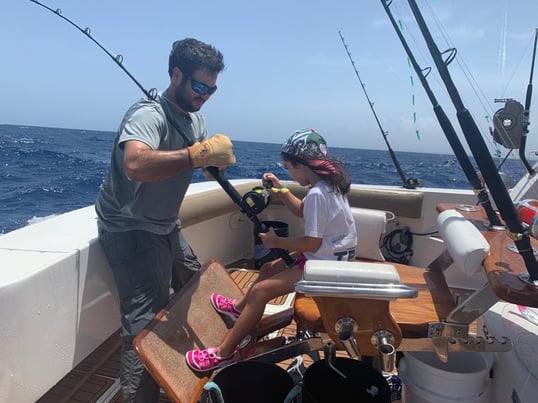
Things to Consider When Tipping
There are many different dynamics to consider when it’s time to pay before parting ways. Fishing trips vary greatly depending on the crew, location, and how many people are on board which can make tipping stressful. Here are a few things that can be helpful when deciding how much and for who at the end of the trip.
Tipping a Guide
This is common for most inland and inshore fishing trips where boats are small enough that a guide can handle everything on their own. With only one person running the boat, tipping is simple. A gratuity of 15% is standard, but 20% is always appreciated. Be sure to have money ready to give the guide once the fish are cleaned but otherwise, it’s that easy
Captain & Deckhand
It’s common for there to be a captain and deckhand duo running most most nearshore and offshore trips. With two people running a trip the situation gets a little tricky but the standard 15-20% is still a solid starting point but exceptional service might warrant 25%. The captain and deckhand will split the tip based on their own agreements so don’t worry about dividing it up.
Captain & Two Deckhands
Only the large offshore boats will have more than one deckhand and it’s common enough that you should know how to handle it. With two deckhands and a captain running the trip, tipping can get confusing and the breakdown of gratuity is different from boat to boat. Tipping 20% of the trip price is standard on large boats and tips will be split between the three crewmembers as they see fit. Tipping individually is a great way to show appreciation but on some boats, it’s customary to tip 20% with 10% going to the captain and 5% to each deckhand. On other boats, the captain gets paid enough from charter fees that all tips go to their deckhands. If you are worried about getting it wrong you can always ask if you should tip individually or a lump sum to the boat and they will happily fill you in.
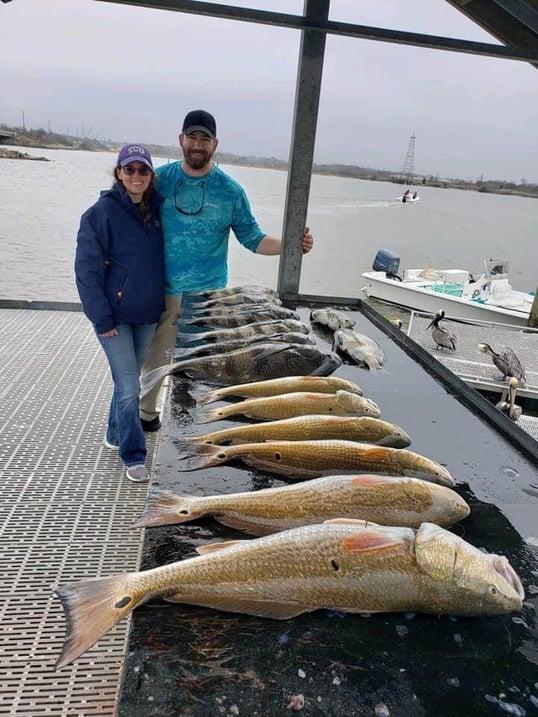
Sending a Message with Gratuity
While it doesn’t happen very often, there are times when the service received is below expectation. While you may want to hit the road without leaving a tip to send a message, doing that may come back to bite you. Leaving without tipping will seriously irritate the crew and while you might be thinking “good they should be,” captains talk. Within the fishing community of each location, the captains talk about their trips and the clients on them. Leaving no tip will likely get your name spread around and might make it difficult to book another trip in the area. The best way to show that you’re dissatisfied is to tip 10% and bring up your concerns with the captain.
Luckily, if you use Captain Experiences we handle any disputes or concerns about your trip from start to finish. If you have a bad experience we are happy to help just let us know. If you have a great trip, tip your guide accordingly but also let us know. We love hearing fishing stories like everyone else.
Joey Butrus
Updated on August 2, 2023
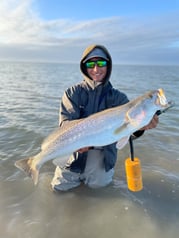
January 19, 2021
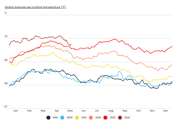
November 15, 2023
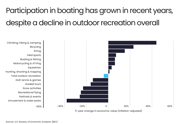
June 28, 2023
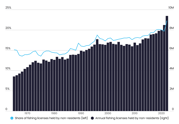
July 31, 2024
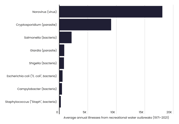
July 1, 2024
Related Articles
August 10, 2022
April 18, 2022
December 21, 2021
Featured Locations
- Fishing Charters Near Me
- Austin Fishing Guides
- Biloxi Fishing Charters
- Bradenton Fishing Charters
- Cabo San Lucas Fishing Charters
- Cancun Fishing Charters
- Cape Coral Fishing Charters
- Charleston Fishing Charters
- Clearwater Fishing Charters
- Corpus Christi Fishing Charters
- Crystal River Fishing Charters
- Dauphin Island Fishing Charters
- Daytona Beach Fishing Charters
- Destin Fishing Charters
- Fort Lauderdale Fishing Charters
- Fort Myers Fishing Charters
- Fort Walton Beach Fishing Charters
- Galveston Fishing Charters
- Gulf Shores Fishing Charters
- Hatteras Fishing Charters
- Hilton Head Fishing Charters
- Islamorada Fishing Charters
- Jacksonville Fishing Charters
- Jupiter Fishing Charters
- Key Largo Fishing Charters
- Key West Fishing Charters
- Kona Fishing Charters
- Lakeside Marblehead Fishing Charters
- Marathon Fishing Charters
- Marco Island Fishing Charters
- Miami Fishing Charters
- Montauk Fishing Charters
- Morehead City Fishing Charters
- Naples Fishing Charters
- New Orleans Fishing Charters
- New Smyrna Beach Fishing Charters
- Ocean City Fishing Charters
- Orange Beach Fishing Charters
- Panama City Beach Fishing Charters
- Pensacola Fishing Charters
- Pompano Beach Fishing Charters
- Port Aransas Fishing Charters
- Port Orange Fishing Charters
- Rockport Fishing Charters
- San Diego Fishing Charters
- San Juan Fishing Charters
- Sarasota Fishing Charters
- South Padre Island Fishing Charters
- St. Augustine Fishing Charters
- St. Petersburg Fishing Charters
- Tampa Fishing Charters
- Tarpon Springs Fishing Charters
- Venice Fishing Charters
- Virginia Beach Fishing Charters
- West Palm Beach Fishing Charters
- Wilmington Fishing Charters
- Wrightsville Beach Fishing Charters
